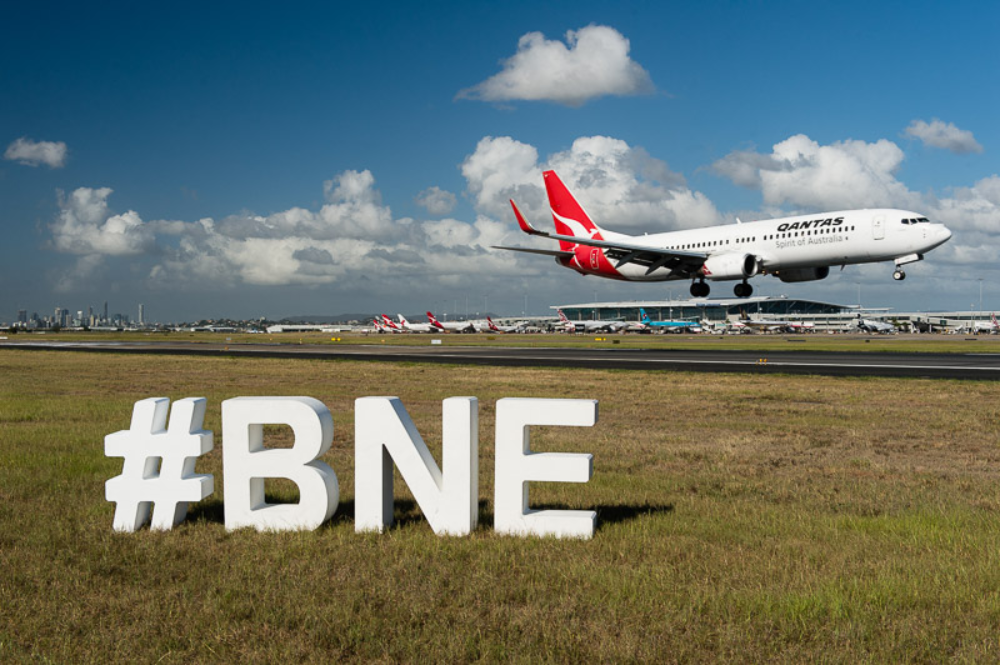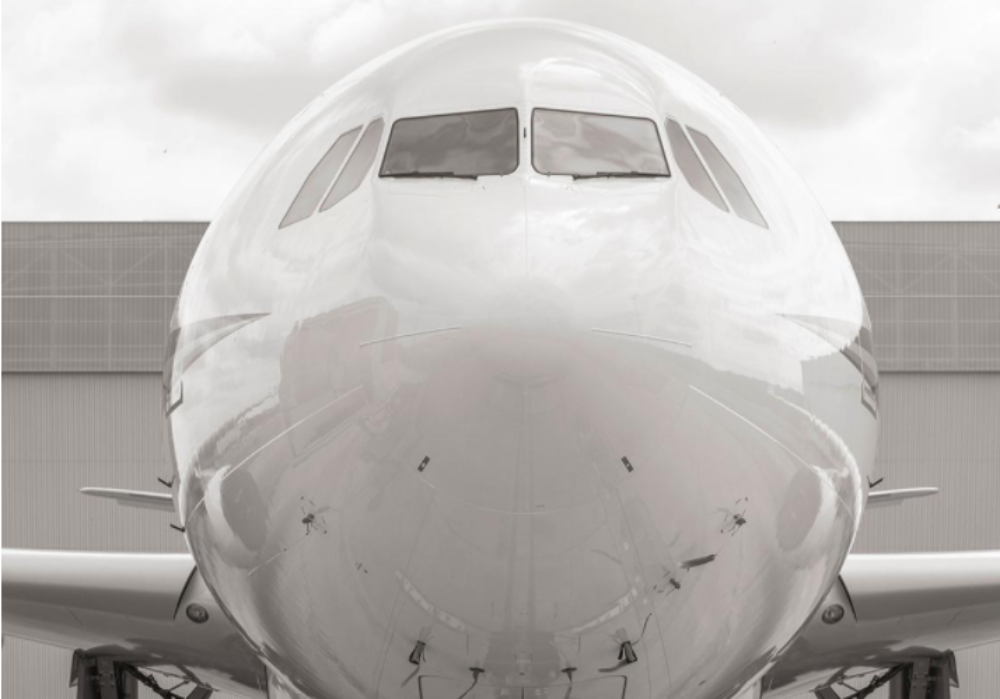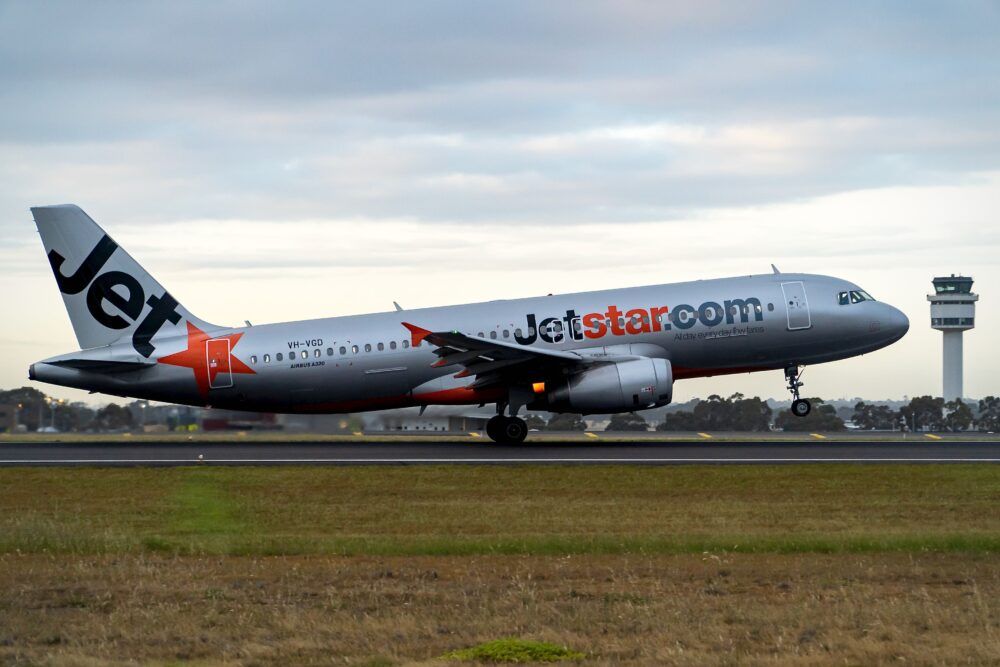We all know that birds and planes don't mix, but what about wasps and planes? Wasps are too small to damage if a plane runs into one, but what if a wasp wants to build a mud nest in a plane's pitot probes? According to research published recently in the scientific journal PLOS One, insect-aircraft interaction is a potentially lethal threat to flight safety.
Specifically, the research looked at the mud-nesting keyhole wasp in and around Brisbane Airport in Queensland, Australia. The wasp, native to tropical Central and South America and the Caribbean, has been detected multiple times in the last decade around Brisbane Airport, no doubt hitching a ride across the Pacific on one of the many available flights.
The keyhole wasp is small and will happily nest in man-made cavities, constructing a familiar mud nest in an unfamiliar cavity. That makes the keyhole wasp an adaptable little critter.
Stay informed: Sign up for our daily aviation news digest.
Keyhole wasps posing a threat at Brisbane Airport
Pitot probes are hollow tube-like instruments commonly mounted on the fuselage behind the nose cone and below the cockpit. Pitot probes measure airspeed. Anomalies between separate airspeed indicators can have severe consequences, including crashes. One thing that can cause this to happen is a blockage of the pitot probes.
There has been a spate of incidents over the last decade at Brisbane Airport where pitot probes gave inconsistent readings. Going back nearly 15 years, an incident involving a Qantas A330 on 19 March 2006 led to dangerous brake heating and tire deflation when take-off was rejected. It was later found that the pitot probe on the captain’s side had wasp-related debris in it, including the head of a wasp.
In November 2013, after one aborted takeoff owing to airspeed discrepancies, an Etihad Airways A330 got into the air only for a second airspeed discrepancy to occur. The captain returned to the airport. Upon inspection, sand and mud consistent with a wasp's nest were found to be blocking the pitot probe.
In 2015, a Jetstar A320 flew from Brisbane to Newcastle (Williamtown). It was found to have a blocked total air temperature probe after landing. That plane, an A320, had only been on the ground in Brisbane for 30 minutes. All up, there were 26 recorded incidents of wasp-related issues in and around Brisbane Airport between 2013 and 2019.
Wasps start checking out the planes as soon as they get to the gate
The research looked at the wasps’ probe choice, blockage rates, locations, and the relationship between nesting and the environment. The research ran for three and a half years, and 93 instances of fully blocked probes were recorded. It should be noted these recordings were mostly across artificial cavities/traps constructed by the researchers around the airport, not actual aircraft cavities.
The research found wasp nesting activity is mostly confined to the summer months. Weirdly, if wasps nested in pitot probe style cavities, there was a skew towards baby boy wasps. The keyhole wasp (Pachodynerus nasidens) was found to be primarily responsible for making mud nests around the airport. The researchers also noted the first official incident involving wasps and pitot probes at the airport dated from 2006, earlier than the first recorded sighting of the invasive wasp.
Wasps have been observed inspecting aircraft noses within a few minutes of arrival at the gate. These wasps are extremely fast and efficient nest builders. The nest does not need to be complete to throw up anomalous airspeed readings. The first addition of mud for the rearmost cell wall or the first prey item's introduction is enough to cause problems.
Wasps present a significant risk at Brisbane Airport
The researchers conclude the risk the keyhole wasp presents at Brisbane Airport is significant. They call the wasp "an adaptable, inventive and highly mobile species outside of its natural range." The researchers also said,
"Having arrived in Australia, the species has established in a challenging environment but one that provides all the basic requirements for population persistence and has identified a potential nesting opportunity that is both transient and mobile. In doing so, (the keyhole wasp) poses a significant risk to aviation safety."
Short term steps to protect aircraft suggested include covering pitot probes when aircraft arrive and providing additional intercept traps to deter females from investigating pitot probes on aircraft.



